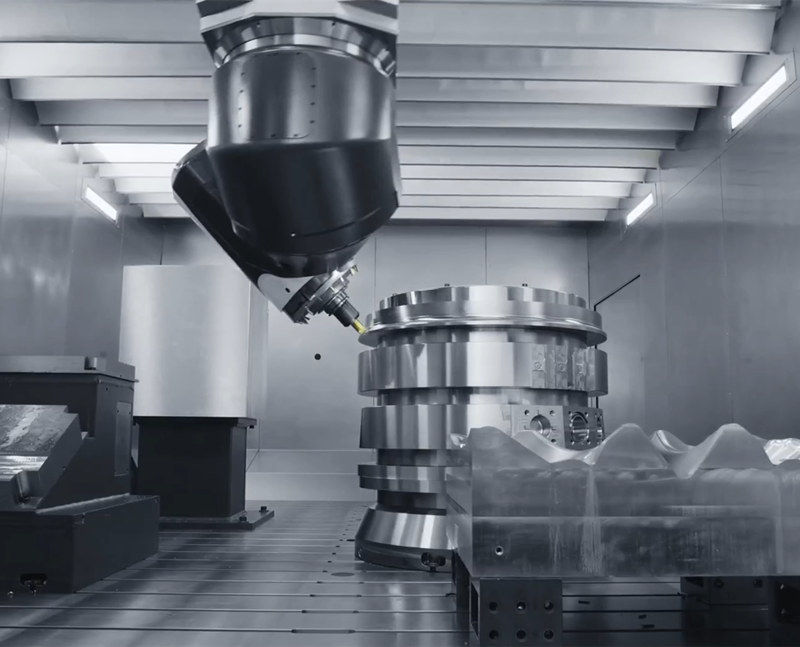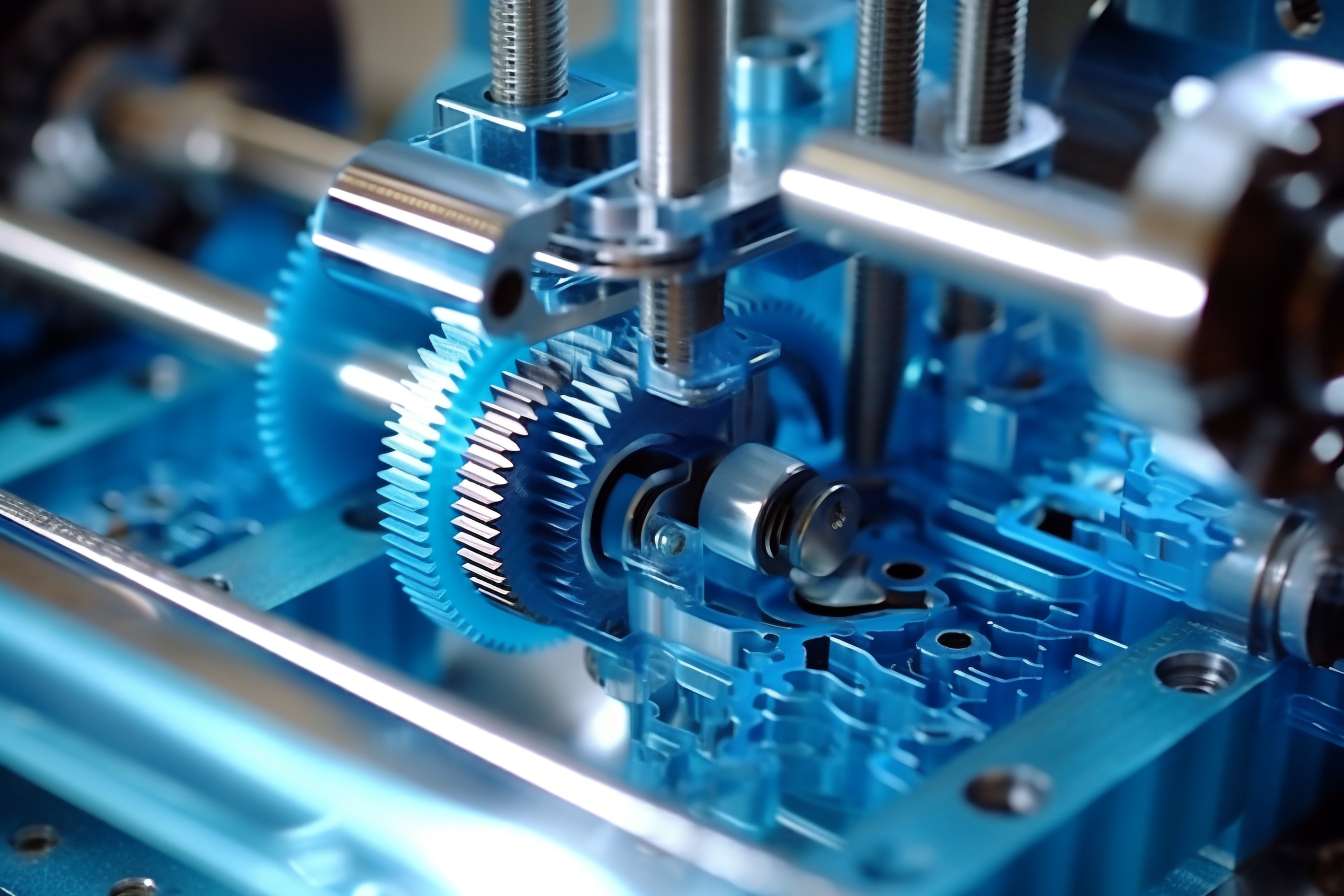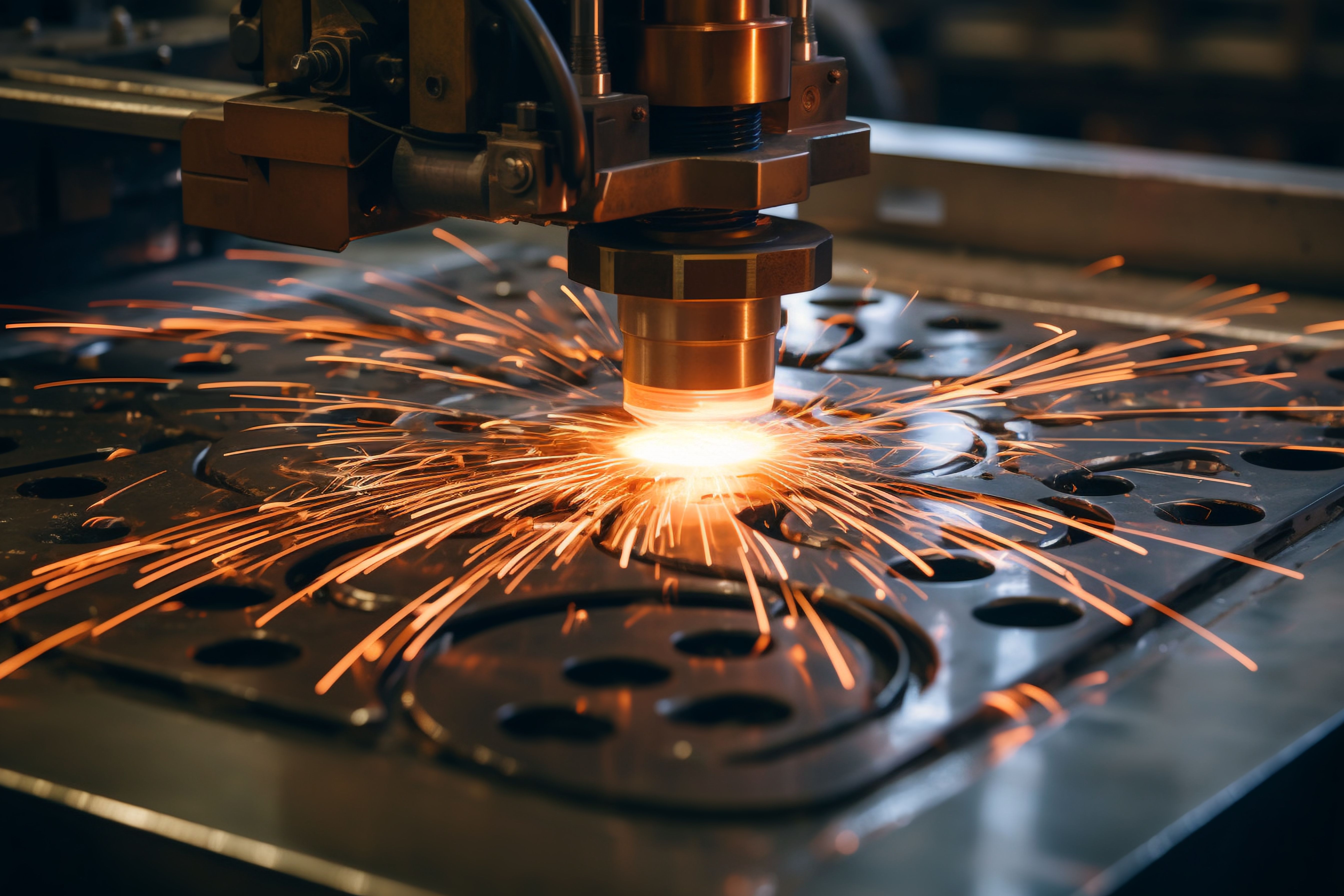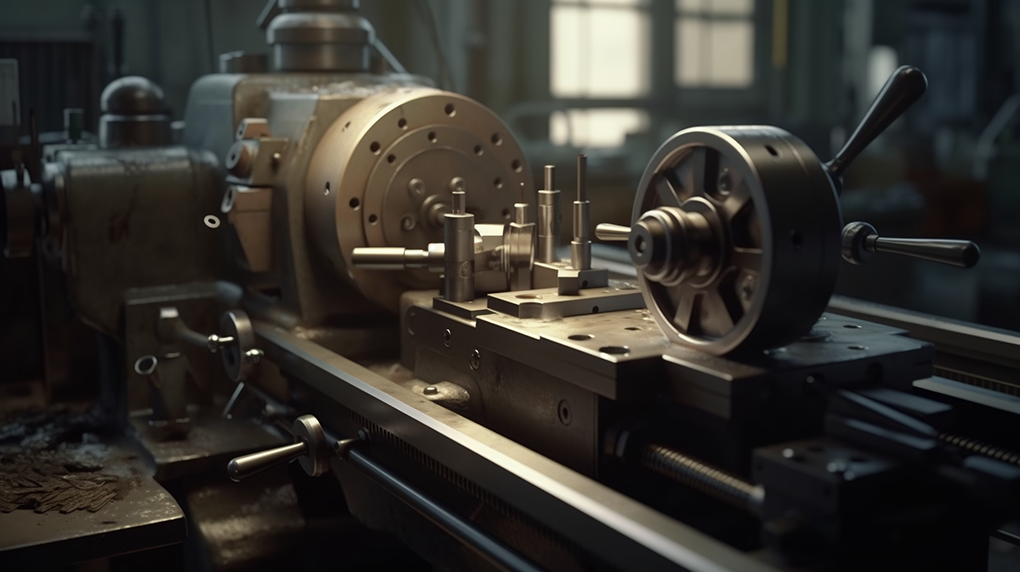Basic characteristics and application range of sheet metal materials
Release time:
2024-09-02
In modern industry, sheet metal materials have attracted much attention for their unique properties and wide range of applications. Especially in the automotive sector, sheet metal materials play a vital role.
Basic properties of sheet metal materials
1. Strong plasticity:
Sheet metal materials usually have good plasticity and can be molded into a variety of complex shapes through stamping, bending, stretching and other processing. This feature enables sheet metal materials to meet the diverse needs of automotive exterior design, creating smooth body lines and unique shapes.
2. High strength:
Different types of sheet metal materials have different degrees of strength. For example, high-strength steel performs well in ensuring the structural strength of the body, which can withstand various external shocks and provide safety for passengers. In the automotive field, sheet metal materials with higher strength are often used to manufacture key components such as body frames and chassis.
3. Corrosion resistance:
In order to adapt to a variety of harsh use environments, sheet metal materials need to have a certain corrosion resistance. In the automotive field, sheet metal materials will be eroded by rain, dust, chemicals, etc., so good corrosion resistance can extend the service life of the car. Some special coatings and treatment processes can further improve the corrosion resistance of sheet metal materials.
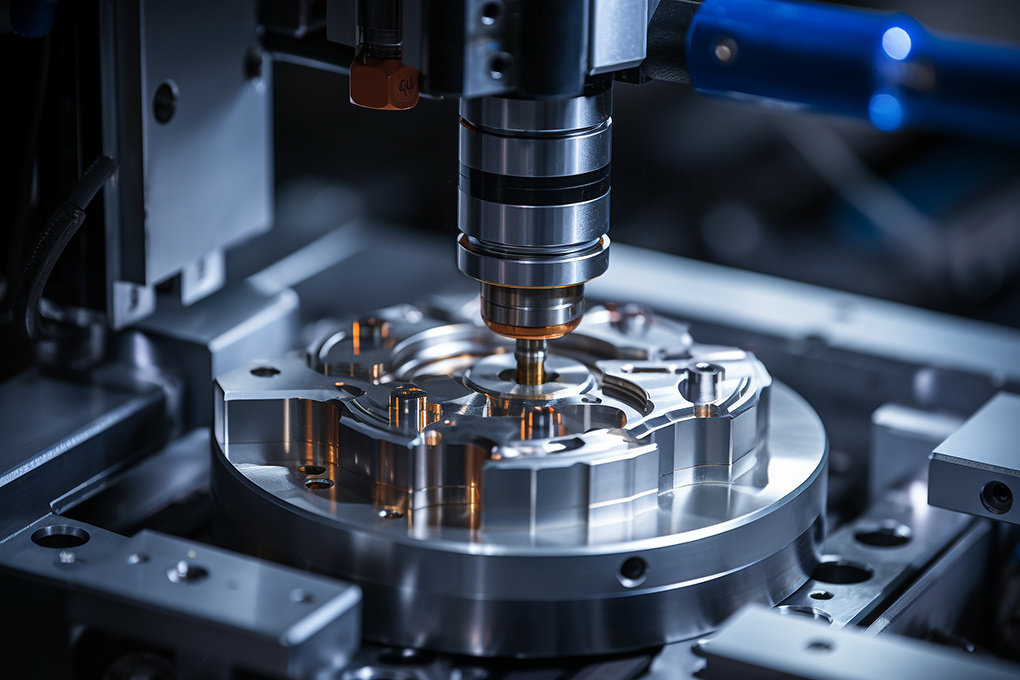
4. Light weight:
With the development trend of automotive lightweight, lighter weight sheet metal materials are becoming more and more popular. Light metal materials such as aluminum alloy and magnesium alloy have the characteristics of low density, which can effectively reduce the weight of the vehicle and improve fuel economy and handling performance.
Application range of sheet metal materials in automotive field
1. Body covering parts:
Car body covering parts, such as doors, hoods, trunk covers, etc., are usually made of sheet metal materials. These components not only need to have good appearance quality, but also need to have a certain strength and corrosion resistance. Aluminum alloy and high-strength steel are common body covering materials, which can be made into various shapes by stamping and other processes to meet the requirements of automobile design.
2. Body structure:
The body structure is an important part of the automobile, which is directly related to the safety and stability of the automobile. High-strength steel is widely used in body structure, such as frame, beam, column and so on. The high strength and toughness of high-strength steel can absorb energy in the event of a collision and protect the safety of passengers. In addition, aluminum alloy is also gradually used in body structural parts to achieve lightweight cars.
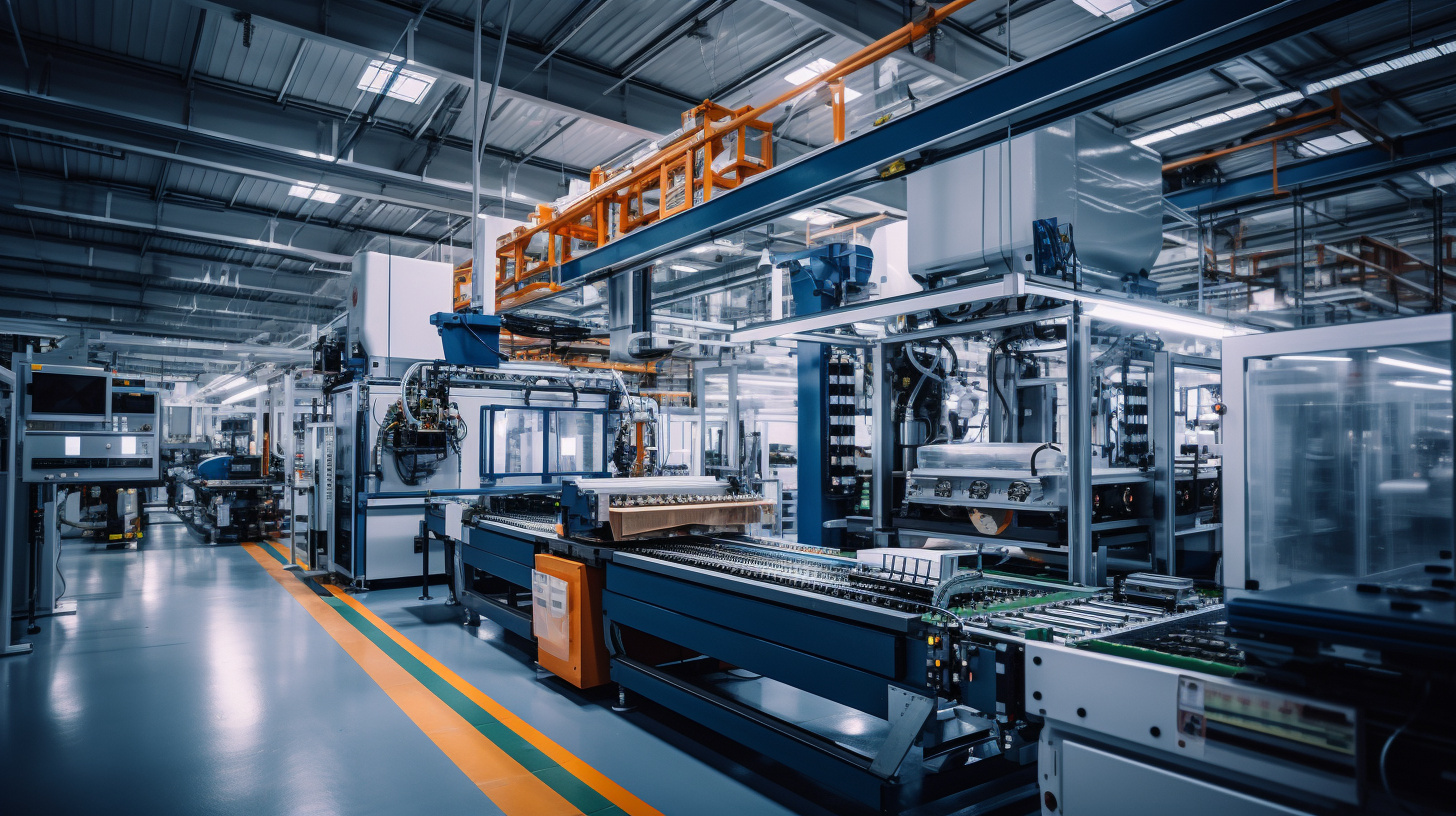
3. Interior Parts:
Automotive interior parts will also use sheet metal materials, such as dashboard brackets, seat frames and so on. These components need to have a certain degree of strength and stability, while also taking into account lightweight and aesthetic. Due to its light weight and high strength, magnesium alloy and other light metal materials are gradually used in automotive interior parts.
4. Chassis components:
Car chassis components, such as suspension systems, braking systems, etc., will also use sheet metal materials. These components need to have high strength, corrosion resistance and good wear resistance. High-strength steel and special alloy steel are common chassis component materials that can withstand the various stresses and impacts of the car during driving.
Key Words




